| The pentagram in corporate logos |
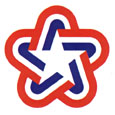 Fig. 1: American Revolution Bicentennial Commission, Chermayeff & Geismer, Inc.. p. 162 Fig. 1: American Revolution Bicentennial Commission, Chermayeff & Geismer, Inc.. p. 162 |
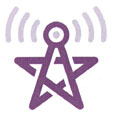 Fig. 2: Precision Datacom, Gardner Design. p. 162. Fig. 2: Precision Datacom, Gardner Design. p. 162. |
 Fig. 3: Tejas Grill, John Evans Design. p. 9. Fig. 3: Tejas Grill, John Evans Design. p. 9. |
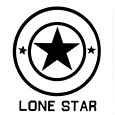 Fig. 4: 1925, Texas Portland Cement Co., Dallas. Texas p. 62. Fig. 4: 1925, Texas Portland Cement Co., Dallas. Texas p. 62. |
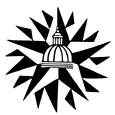 Fig. 5: 1949, Capitol Records, Inc.,, Los Angeles, California p. 94 Fig. 5: 1949, Capitol Records, Inc.,, Los Angeles, California p. 94 |
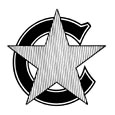 Fig. 6: 1925. Colonial Steel Co., Pittsburgh, Pennsylvania p. 70. Fig. 6: 1925. Colonial Steel Co., Pittsburgh, Pennsylvania p. 70. |
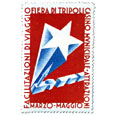 Fig. 7: 1936. Fiera di Tripoli, advertising stamp for fair. p. 9. Fig. 7: 1936. Fiera di Tripoli, advertising stamp for fair. p. 9. |
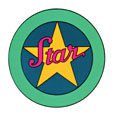 Fig. 8: 1938, J. E. Harton Co., San Francisco. p. 61. Fig. 8: 1938, J. E. Harton Co., San Francisco. p. 61. |
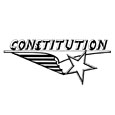 Fig. 9: 1947. Lockheed Aircraft Corporation, Burbank California. p. 108. Fig. 9: 1947. Lockheed Aircraft Corporation, Burbank California. p. 108. |
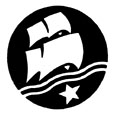 Fig. 10: 1953. Mirna, Poduzeee Za Preradbu Ribe, Rijeka, Yugoslavia. p. 118. Fig. 10: 1953. Mirna, Poduzeee Za Preradbu Ribe, Rijeka, Yugoslavia. p. 118. |
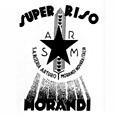 Fig. 11: 1944. Morandi Rice label. p. 87. Fig. 11: 1944. Morandi Rice label. p. 87. |
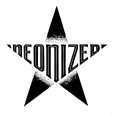 Fig. 12: 1936. Royal Revues, Inc. Hollywood, California p. 62 Fig. 12: 1936. Royal Revues, Inc. Hollywood, California p. 62 |
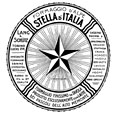 Fig. 13: 1924. Stella d’Italia, Cheese label. p. 87 Fig. 13: 1924. Stella d’Italia, Cheese label. p. 87 |
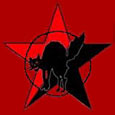 Fig. 14: International Workers of the World Fig. 14: International Workers of the World |
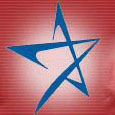 Fig. 15: 2003. Career College, Vancouver. Fig. 15: 2003. Career College, Vancouver. |
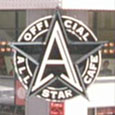 Fig. 16: 2001. All Star Cafe. Fig. 16: 2001. All Star Cafe. |
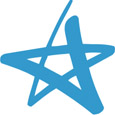 Fig. 17: 1988-2006. Prodigy Communications. Fig. 17: 1988-2006. Prodigy Communications. |
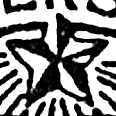 Fig. 18: 1887. University of California, seal detail. Fig. 18: 1887. University of California, seal detail. |
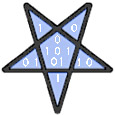 Fig. 20: 2006. HexeEdit software logo. Fig. 20: 2006. HexeEdit software logo. |
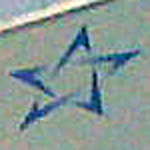 Fig. 19: 2009 KTOO Radio, Juneau, Alaska Fig. 19: 2009 KTOO Radio, Juneau, Alaska |
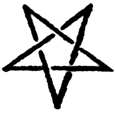 Fig. 21: 1920. Wentworth Smith. Fig. 21: 1920. Wentworth Smith. |
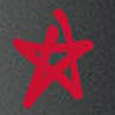 Fig. 22: 2012. Fig. 22: 2012.John Varvatos. |
Note: In a collection of 365 logos uploaded on 19 February 2006 by Stabilo Boss [Ludwig Gatzke] of Berlin: Germany to flickr.com/photos/stabilo-boss/93136022/, entitled “The Hall of Web 2.0 Logos”, not one of them incorporated a five-pointed star or pentagram.
|
Figs. 1, 2, 3.: Logolounge, 2,000 International Identities by Leading Designers, Catharine Fishel, Bill Gardner. Gloucester, Massachusetts : Rockport Publishers, 2003. ISBN: 1-56496-909-6. Figs. 4, 6, 12.: Trademarks of the 20’s and 30’s. Eric Baker, Tyler Blik. San Francisco : Chronicle Books, 1985. Figs. 7, 13.: Italian Art Deco, graphic design between the war, Steven Heller & Louise Fili. San francisco, California : Chronicle Books, 1993. Figs. 5, 8, 9, 10, 11.: Trademarks of the forties and fifties, Eric Baker, Tyler Blik. San Francisco, California : Chronicle Books, 1988. Figs. 14, 15, 16.: Uncited web images. Fig. 17.: sbcglobal.net (accessed 2006/10/28) Fig. 19.: An open source hexadecimal editor for Mac OS X, posted 8 May 2006 by Richard K Miller. There are several hints from macosxhints.com that require a hex editor. |
